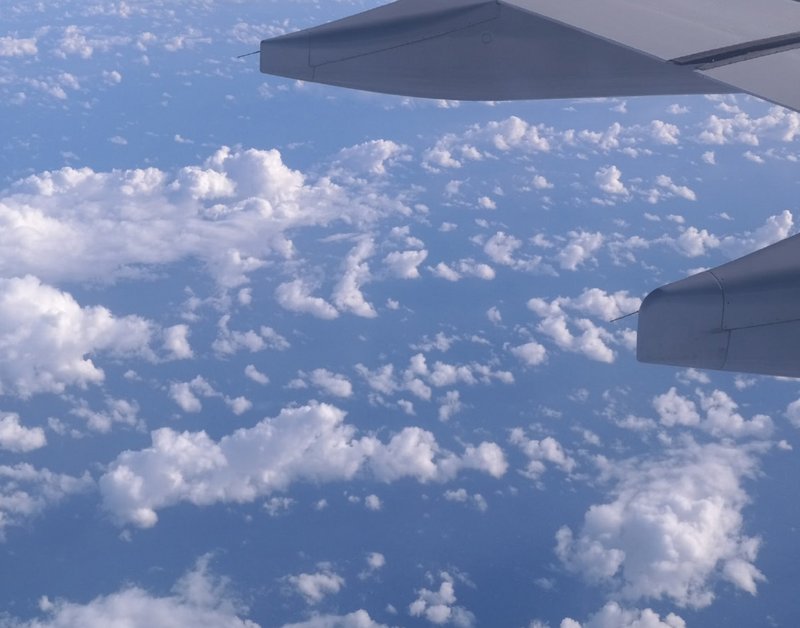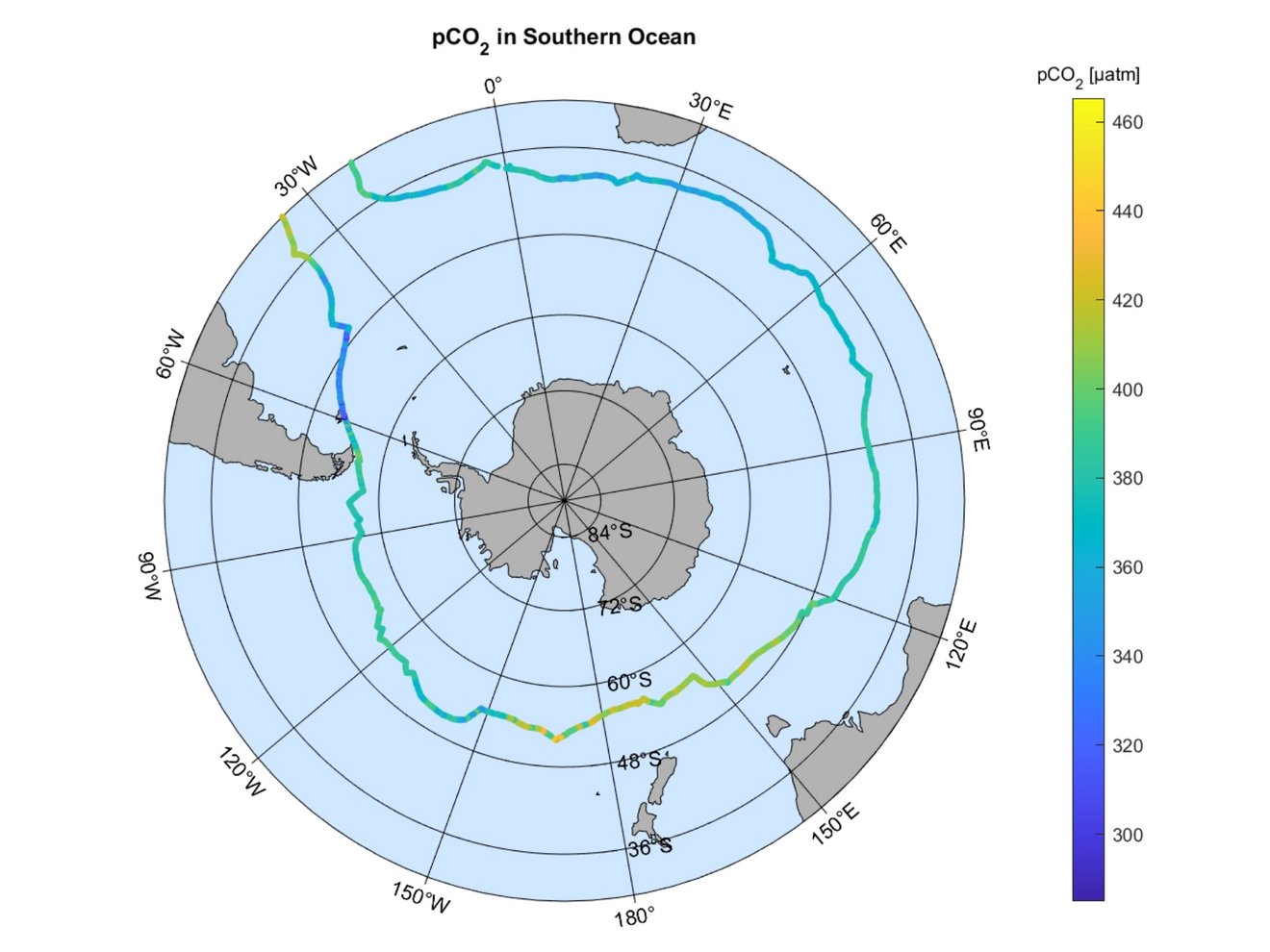Observations
Observations are data records collected with the help of scientific measuring instruments. There are, for example, countless weather stations around the world that measure temperature on land, in the air and in the sea as well as satellites, ships and aircraft that also take measurements of various variables. Observations are enjoying a renaissance at the Max Planck Institute for Meteorology.
There are two main reasons for this. One is that the main tools we use to study the climate system operate at increasingly fine scales and can model more complex processes. For this, observational data sets are proving to provide fertile ground because they allow us to compare measured and model data on small scales. The other is that the data sets themselves are already essential to studies of the climate system quite independent of comprehensive modeling.
Machine learning is becoming very popular, also at our institute. It allows systems to learn and adapt automatically based on training data. Machine learning is concerned with the development of systems and algorithms that are capable of learning, and easy-to-use Python libraries promote easy accessibility. In this way, information can be extracted from the growing observational records.
In the past, the institute has conducted several measurement campaigns, and future campaigns are already being planned. Over the past decade, the institute has invested in its observational infrastructure. Both the Barbados Cloud Observatory (BCO) and the research aircraft HALO (High Altitude and Long Range Research Aircraft) provide valuable atmospheric data.


Cloud measurements in the tropical Atlantic
A focus of the observational activities of the department "Climate Physics" has been the observation of tropical clouds, especially in the area of the trade winds, for more than 10 years. The overall goal of these activities is to improve the representation of these clouds in climate models, since this has been known for a long time to be a weak point of the models. To this end, the Barbados Cloud Observatory (BCO) research station was established in the Caribbean more than 10 years ago and has been continuously operated and expanded since then. With the same goal, an instrumentation of the German research aircraft HALO was put into operation and was used during several measurement campaigns for cloud observation in the extended upwind area of the BCO. In addition to observations of low-level trade wind clouds, another measurement campaign is planned for 2024 to observe clouds associated with deep convection. In line with these forward-looking plans, the BCO is also expected to be operated by our institute for another 10-15 years.
Carbon Cycle in the Southern Ocean
Rising concentrations of atmospheric carbon dioxide (CO2) originating from human activity result in an increasing CO2 uptake by the ocean. This exchange of mass between the ocean and the atmosphere moderates the impact of CO2 that is emitted into the atmosphere, but in turn leads to ocean acidification. Ocean acidification will have significant consequences for marine environments, yet our understanding of future changes in oceanic CO2 and pH as well as the impact of their interannual variability and long-term changes on marine ecosystems is poor.
Marine CO2 measurements are currently the bottle neck in estimating the air–sea CO2 exchange from observations in the Southern Ocean. Calculating air–sea CO2 fluxes requires precise knowledge about the CO2 partial pressure (pCO2) both at the sea surface and the overlaying atmosphere. While the pCO2 in the atmosphere is well mixed and can be sufficiently well constrained from few measurement stations, the pCO2 in surface waters varies spatially as much as two orders of magnitude more in comparison to the atmosphere, requiring a dense observation network that currently does not exist.
Although the Southern Ocean (south of 35°S) only comprises roughly 30% of the ocean surface area, it is responsible for 43% of the marine anthropogenic CO2 uptake and 75% of the excess heat storage in the ocean since the beginning of industrialization. It is therefore of great concern that this region is among the least well sampled oceanic regions globally, largely owing to its remoteness and the harsh ocean conditions.
At the Max Planck Institute for Meteorology, we search and find innovative solutions, pairing with a fleet that has thus far received little attention: sailboats. Unlike cargo ships, sailboats provide the opportunity to collect data from remote oceans at a much lower cost than research ships without compromising on data quality. In the past we have worked with Team Malizia and the racing yacht “Seaexplorer – Yacht Club de Monaco” as well as Team Newrest and racing yacht “Newrest – Art & Fenêtres” collecting essential measurements aboard these vessels during their offshore races. Since 2018, we gathered an impressive dataset that shows the potential of sailboats to collect data in the Southern Ocean in parts where no direct CO2 observations have been made in the past 70 years.
Since 2020 the collaboration between the Max Planck Institute for Meteorology and Team Malizia has received funding from the Max Planck Foundation, allowing for the continuation of the partnership between professional sports and science and further data collection in the remote Southern Ocean waters.

Infrastructure
Field studies







